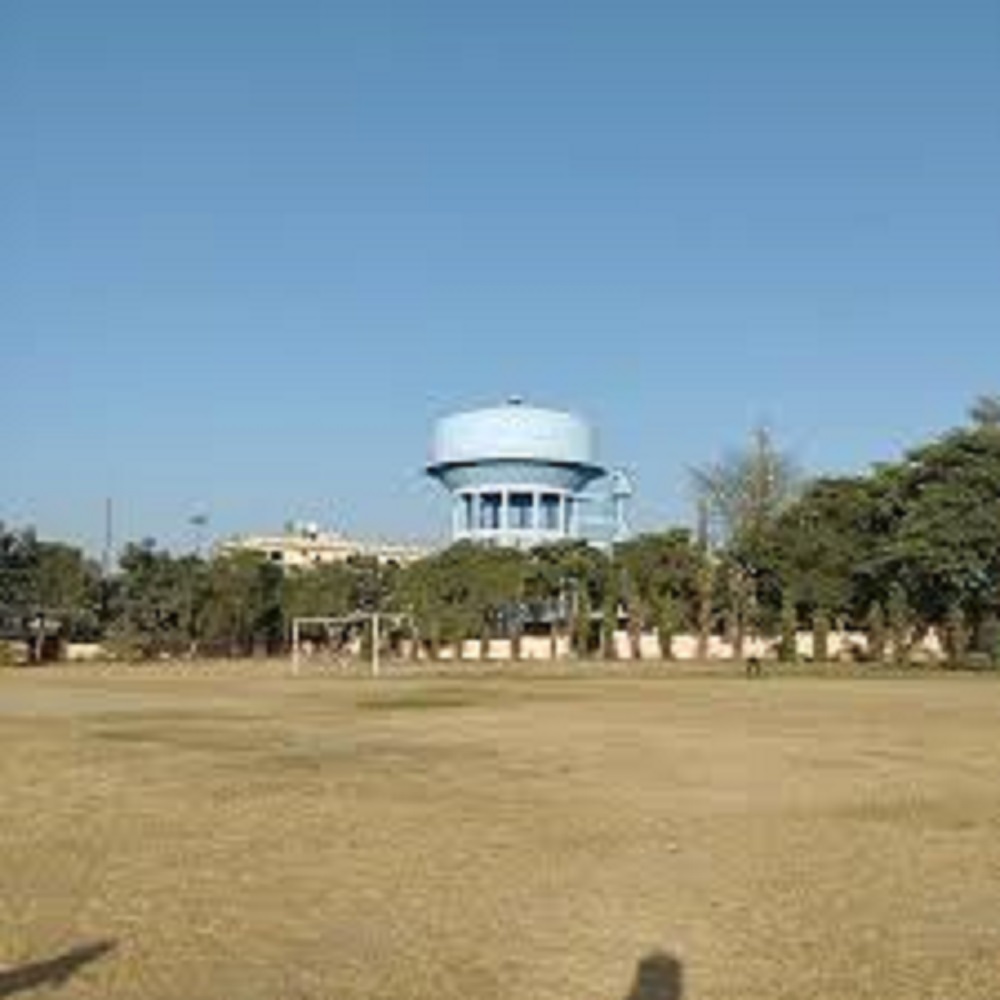Inside Field

Kalachakra Maidan in Bodh Gaya is a vast open space that holds deep spiritual and cultural significance. Located near the Mahabodhi Temple, it serves as a venue for major Buddhist events, particularly the Kalachakra initiations led by the Dalai Lama. Inside the maidan, the ambiance is peaceful, with large gathering spaces that accommodate thousands of monks, pilgrims, and visitors from around the world. The open ground is designed to host large-scale religious ceremonies, meditation sessions, and teachings. When an event is held, the area is adorned with Buddhist flags, banners, and temporary seating arrangements. Monks and devotees can be seen chanting, meditating, and participating in rituals. The well-maintained surroundings add to the spiritual atmosphere, making it a tranquil place for reflection. Apart from religious events, the maidan is sometimes used for cultural programs and public gatherings. However, during non-event periods, it remains an open space with limited infrastructure. Some visitors feel that adding permanent shaded seating and improved facilities would enhance the experience. Despite this, Kalachakra Maidan remains an iconic location, symbolizing peace and spiritual learning. It continues to attract Buddhist practitioners and tourists, making it an essential part of Bodh Gaya’s sacred landscape.
Other Attractions
Kalachakra Maidan in Bodh Gaya is not only a significant venue for Buddhist teachings but also surrounded by several other attractions that make it a must-visit destination. One of the most notable nearby attractions is the **Mahabodhi Temple**, a UNESCO World Heritage Site where Lord Buddha attained enlightenment. The temple complex, with its sacred Bodhi tree, attracts pilgrims and tourists from around the world. Another important site close to Kalachakra Maidan is the Great Buddha Statue, a magnificent 80-foot-tall statue of Lord Buddha in a meditative posture. This iconic monument is a symbol of peace and spirituality. Visitors can also explore various international monasteries, such as the Thai Monastery, Tibetan Monastery, and Japanese Temple, each offering unique architectural beauty and spiritual teachings. The Dungeshwari Caves, also known as the Mahakala Caves, are located a short distance away. These caves are believed to be where Buddha practiced severe asceticism before attaining enlightenment. Additionally, the Muchalinda Lake, situated near the Mahabodhi Temple, is a serene spot associated with Buddhist legends.

Distance From
Gaya Railway Station
Kalachakra Maidan in Bodh Gaya is approximately 16 kilometers from Gaya Junction Railway Station. Traveling by car or auto-rickshaw typically takes around 30-40 minutes, depending on traffic conditions.

Gaya Airport
Kalachakra Maidan in Bodh Gaya is approximately 8 kilometers from Gaya Airport. Traveling by car or taxi typically takes around 20-25 minutes, depending on traffic conditions.

Gaya Bus Stand
Kalachakra Maidan in Bodh Gaya is approximately 10 kilometers from the Gaya Bus Stand. Traveling by car or auto-rickshaw typically takes around 20-30 minutes, depending on traffic conditions.

Our Review
Kalachakra Maidan in Bodh Gaya is a significant spiritual and cultural venue, attracting Buddhist devotees and tourists from around the world. The open space is well-known for hosting the Kalachakra initiations led by the Dalai Lama, making it a sacred site for Buddhist teachings. Visitors appreciate the serene environment and its proximity to the Mahabodhi Temple, adding to its spiritual appeal. The vast ground is well-maintained and serves as a venue for religious ceremonies, meditation sessions, and cultural events. However, some visitors feel that additional facilities, such as seating areas, better sanitation, and shaded zones, could enhance the experience. Overall, Kalachakra Maidan is a peaceful and historically rich destination that continues to inspire spiritual seekers. It remains an important landmark in Bodh Gaya, symbolizing wisdom, peace, and the spread of Buddhist teachings worldwide.
